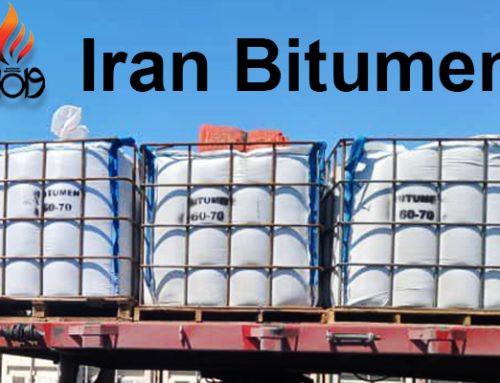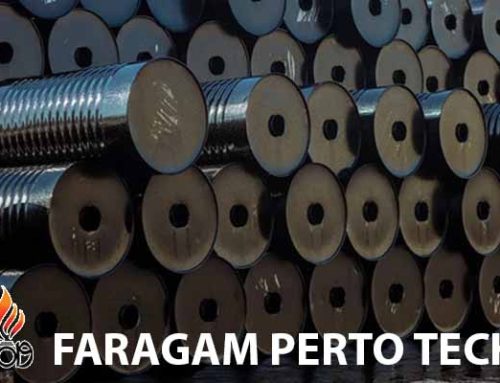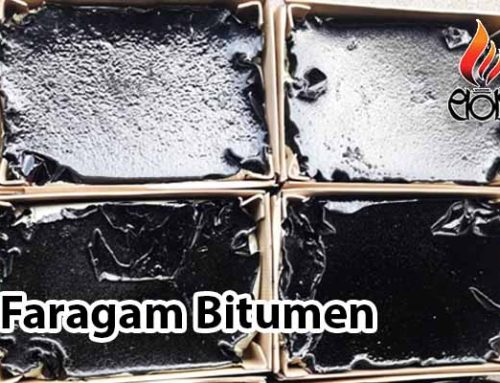
Cutback Bitumen Uses
Cutback bitumen uses very wide in road construction due to it’s own properties. It is also known as liquid asphalt, is a modified form of bitumen (asphalt) that has been mixed with solvents such as kerosene or naphtha. This process reduces the viscosity of bitumen, making it more fluid and easier to apply, particularly in cold weather. It has been an essential material in road construction and maintenance for many years. However, with the growing awareness of environmental concerns and stricter regulations, the use of cutback bitumen is being carefully reconsidered. In this article, we will explore the primary uses of cutback bitumen, its benefits, and eco-friendly alternatives available today.
What is Cutback Bitumen?
Cutback bitumen is a form of asphalt that has been made more liquid by adding solvents. These solvents evaporate once the bitumen is applied, leaving behind a durable and adhesive substance. There are three primary types of cutback bitumen:
-
Rapid Curing (RC) – Fast-drying, often used for surface treatments.
-
Medium Curing (MC) – Slower drying, commonly used in paving mixes.
-
Slow Curing (SC) – Very slow drying, ideal for low-temperature applications.
Each type of cutback bitumen uses , serves different functions depending on the desired rate of curing and application conditions.
Key of Cutback Bitumen uses
1. Road Construction and Maintenance
Cutback bitumen uses commonly in road construction and pavement repair. Due to its reduced viscosity, it is easier to work with, especially in colder climates or regions where conventional hot bitumen would be difficult to apply. Some common uses include:
-
Surface Dressing: Cutback bitumen uses in surface making by it is sprayed onto existing road surfaces, followed by the application of aggregate. This process helps to seal and protect the road while enhancing its durability.
-
Patching and Repairing Roads: Cutback bitumen uses most often in road patching projects. The material can be quickly applied to repair potholes and other surface damage, making it an essential tool in maintaining road infrastructure.
2. Cold Mix Asphalt
In areas where hot-mix asphalt plants are not readily available, cold mix asphalt is an effective solution. Cutback bitumen is combined with aggregates to create cold mix asphalt, which can be easily applied at ambient temperatures without the need for heating. This is especially useful in remote areas and for urgent road repairs.
3. Dust Control and Road Stabilization
Cutback bitumen uses to stabilize unpaved roads and prevent dust from becoming airborne. By binding the soil particles together, cutback bitumen helps reduce dust pollution, improving air quality and driving conditions. It is commonly applied to rural or low-traffic roads where dust control is a significant issue.
4. Waterproofing and Sealing
The waterproofing properties of bitumen make it an excellent choice for waterproofing and sealing various surfaces, including roofs, foundations, and basements. Cutback bitumen is particularly useful in applications where a liquid, easy-to-apply form of bitumen is needed for better adhesion and penetration.
Benefits of Cutback Bitumen uses
-
Ease of Application: Cutback bitumen uses reduced viscosity makes it easier to apply in colder weather and on uneven surfaces. It can be used effectively for both large-scale projects and small repairs.
-
Durability: When it cures, cutback bitumen forms a tough, long-lasting surface that can withstand heavy traffic loads and harsh weather conditions.
-
Quick Setting: Depending on the type of cutback bitumen used, the curing time can vary, making it suitable for a range of projects that require fast or slow setting times.
-
Cost-Effective: Cutback bitumen is often more affordable than other types of asphalt or bitumen materials, particularly when applying it to large areas for road surfacing or maintenance.
Environmental and Health Concerns with Cutback Bitumen
While cutback bitumen offers several advantages in terms of ease of use and versatility, there are significant environmental and health risks associated with its use:
-
Air Pollution: The solvents used to cut the bitumen (such as kerosene or naphtha) evaporate into the air, contributing to volatile organic compounds (VOCs). These compounds can lead to air pollution and smog formation.
-
Health Risks: Prolonged exposure to the solvents in cutback bitumen can cause respiratory issues, skin irritation, and other health problems for workers handling the material.
-
Environmental Impact: The solvents used in cutback bitumen uses can contaminate soil and water, posing risks to the environment when not handled properly.
As a result, several countries and regulatory bodies have imposed restrictions or even bans on the use of high-VOC cutback bitumen for certain applications. This has led to the search for more sustainable and safer alternatives in road construction and maintenance.
Alternatives to Cutback Bitumen
As the concerns over environmental and health issues continue to rise, various alternatives to cutback bitumen have been developed. These alternatives are more sustainable and environmentally friendly while still offering high performance:
1. Emulsified Bitumen
Emulsified bitumen is a mixture of bitumen, water, and an emulsifying agent, offering a safer and greener alternative to cutback bitumen. It doesn’t require the use of harmful solvents, making it less hazardous to workers and the environment. Emulsified bitumen is widely used in surface dressing and road repairs.
2. Warm-Mix Asphalt (WMA)
Warm-mix asphalt (WMA) is produced at lower temperatures than traditional hot-mix asphalt, resulting in a more energy-efficient production process. WMA also emits fewer harmful fumes during application, reducing its environmental impact. Additionally, WMA can be used with or without bitumen emulsions, providing a flexible, environmentally friendly option for road construction and maintenance.
3. Cold In-Place Recycling (CIR)
Cold in-place recycling (CIR) is a technique used to recycle existing asphalt pavements. By milling and reusing the materials on-site, CIR reduces the need for new materials, lowering both costs and environmental impact. It’s an eco-friendly alternative to traditional road repair methods.
Conclusion: The Future of Cutback Bitumen
While cutback bitumen remains a versatile material for road construction and maintenance, its environmental and health concerns cannot be ignored. As demand for more sustainable and eco-friendly construction practices grows, the industry is moving toward alternatives such as emulsified bitumen, warm-mix asphalt, and cold in-place recycling.
For those working in road construction and infrastructure, understanding the benefits, uses, and limitations of cutback bitumen is essential for making informed decisions. As regulations continue to tighten and technologies improve, the future of road construction will likely see a shift towards greener, safer materials that reduce the impact on both the environment and human health.
Why Choose “Faragam Company” for Bitumen Solutions?
If you’re looking for professional, environmentally-conscious solutions for road construction or maintenance, Faragam Company offers a range of high-quality, sustainable bitumen products. Our team is dedicated to providing safe, efficient, and cost-effective solutions for all your road construction needs. Contact us today to learn more about our bitumen services and how we can help you build a better future!



